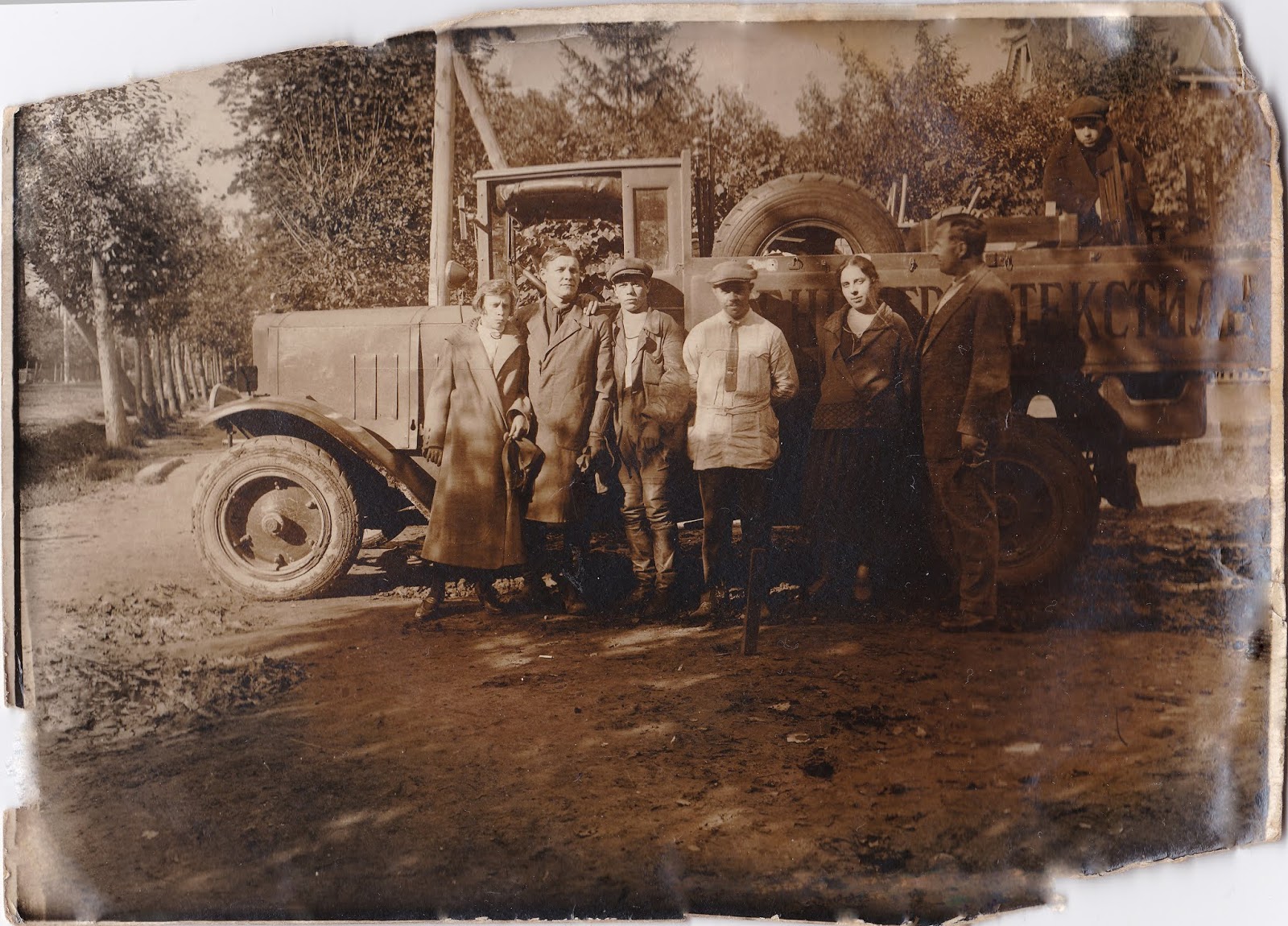The Transfiguration monastery in Guslitsi.

Yesterday, after visiting Yegoryevsk, we were returning home by way of the road to Likino-Dulyovo. The rest of the day was open, and I decided to take a look at a monastery that was located near our route..

The entrance to the monastery is situated several meters from the road, and has a small parking area in front of it.

This is the entrance to the monastery. The town of Kurovskye is not a popular tourist spot, like the entire eastern part of the Moscow region, so Transfiguration Monastery of Guslitsy doesn't attract many visitors. In fact, I think that--other than the woman in the photo above--I may have been the only out-of-towner there at the time.
Transfiguration Monastery was founded through an initiative of Emperor Alexander II in 1858. The main purposes of the new monastery were missionary work and the education of children. The area where the monastery is situated was called Guslitsy in that time, and it was inhabited almost entirely by the Old Believers. In Eastern Orthodox Church history, the Old Believers are Eastern Orthodox Christians. They maintain the liturgical and ritual practices of the Eastern Orthodox Church as they existed prior to the reforms of Patriarch Nikon of Moscow between 1652 and 1666. Old Believers in the Russian empire had limited rights, in particular they couldn't build own temples before the revolution of 1905. But despite their low political influence, Old Believers were very powerful in business. Many families of prosperous industrialists and merchants were Old Believers.

During the early Soviet period, the monastery was closed. However, monks still lived there and shared the buildings with a nursing home. Then most of the monks were repressed and the monastery became only a place for young criminals to hang out. After the end of the Great Patriotic War (1941-1945), a large nursing home was opened there again. The last institution built in the monastery area was a psychiatric hospital which has been situated on most of the land ever since.

Much of the monastery area has the appearance of a construction site, with brick piles, scaffolding, and construction equipment everywhere. The quality of work appears to be sub-standard in some places, since the monastery lacks the funds for a high-grade restoration. Plus, the quality of modern bricks is not really as good as that of the pre-revolutionary ones.

The massive bell tower is currently being restored. It was built between 1914 and 1917. In Soviet times, the bell tower served as a water tower. Before the beginning of the restoration, it was in very bad shape, and the condition of the second floor actually posed a threat of total collapse.

The refectory was constructed during the 1880s and 1890s, and was built in the then-popular Russian revival style. Russian Revival style is the generic term for a number of different movements within Russian architecture, and includes pseudo-Russian style, neo-Russian style, and Russian-Byzantine style/Byzantine style. It gained great popularity during the second quarter of the 19th century, and was an eclectic melding of pre-Peterine Russian architecture and elements of Byzantine architecture. Like the nearby bell tower, the refectory is also currently under restoration.

Transfiguration Cathedral is the most significant and imposing building in this architectural ensemble. It was built between 1879 and 1886, and its design evolved from a free interpretation of the architecture of the Cathedral of Christ the Savior in Moscow. The interiors are decorated with elements from old Russian architecture of the 17th Century.

Nativity scene.

The psychiatric hospital lies beyond this concrete wall at the rear of the cathedral.

I left the area of the monastery to see remaining sections of the outer wall.

Old gates. The new building behind it was built on the place of a demolished church. The area within the wall belongs to the psychiatric hospital.

One of the abandoned towers of the original wall.

Another remaining section of the wall. I didn't want to proceed any farther away, so I decided to return to the road.



Comments
Post a Comment